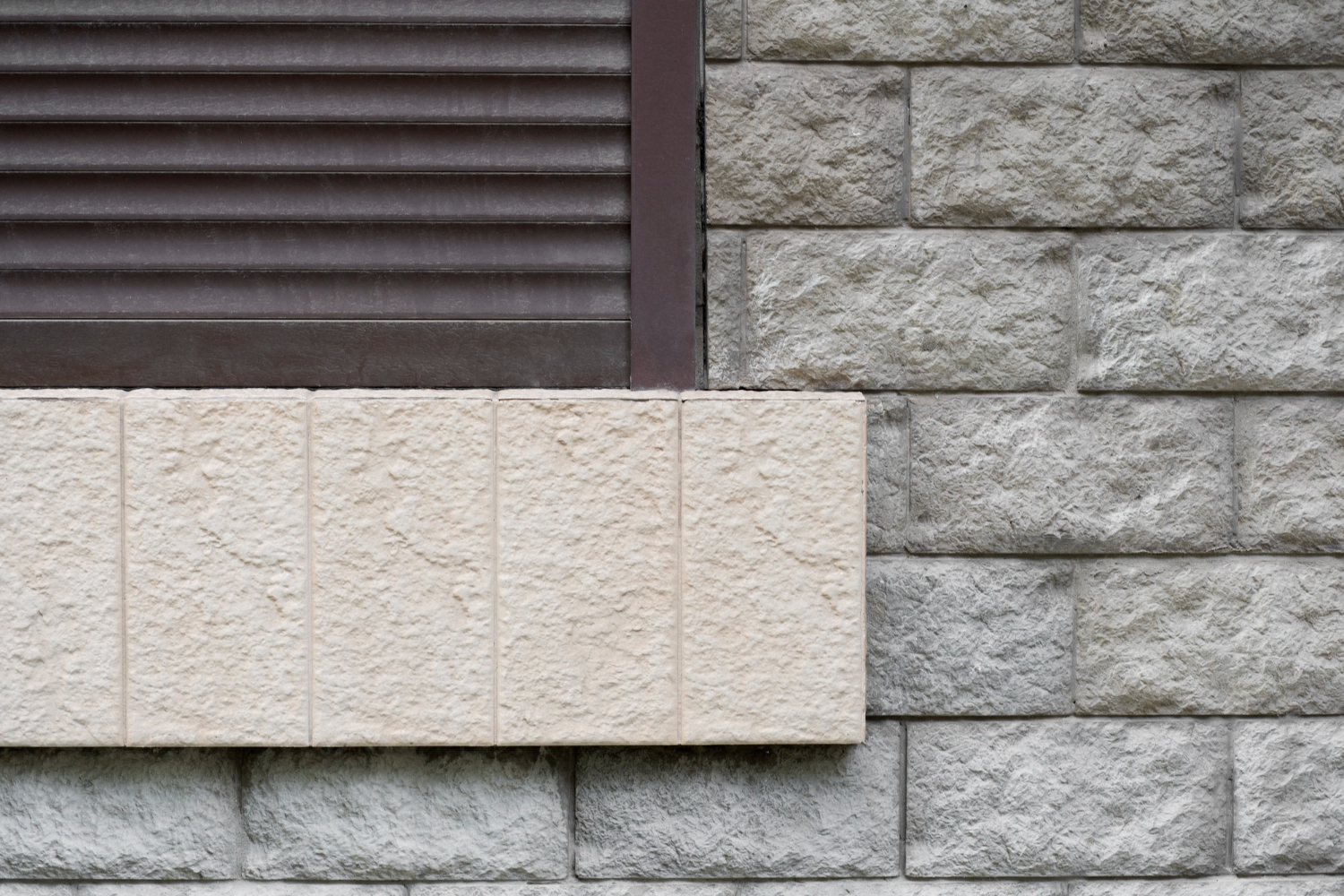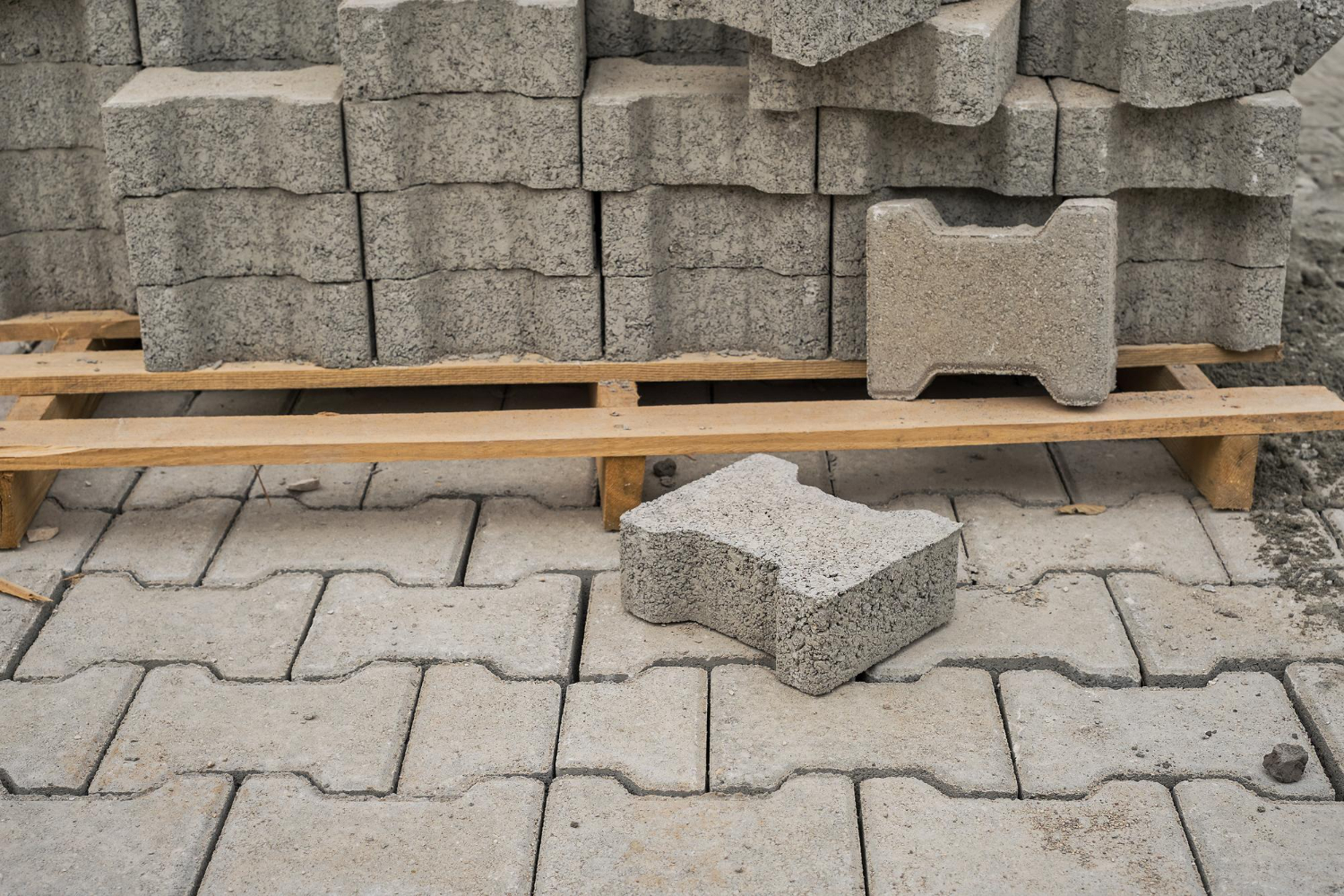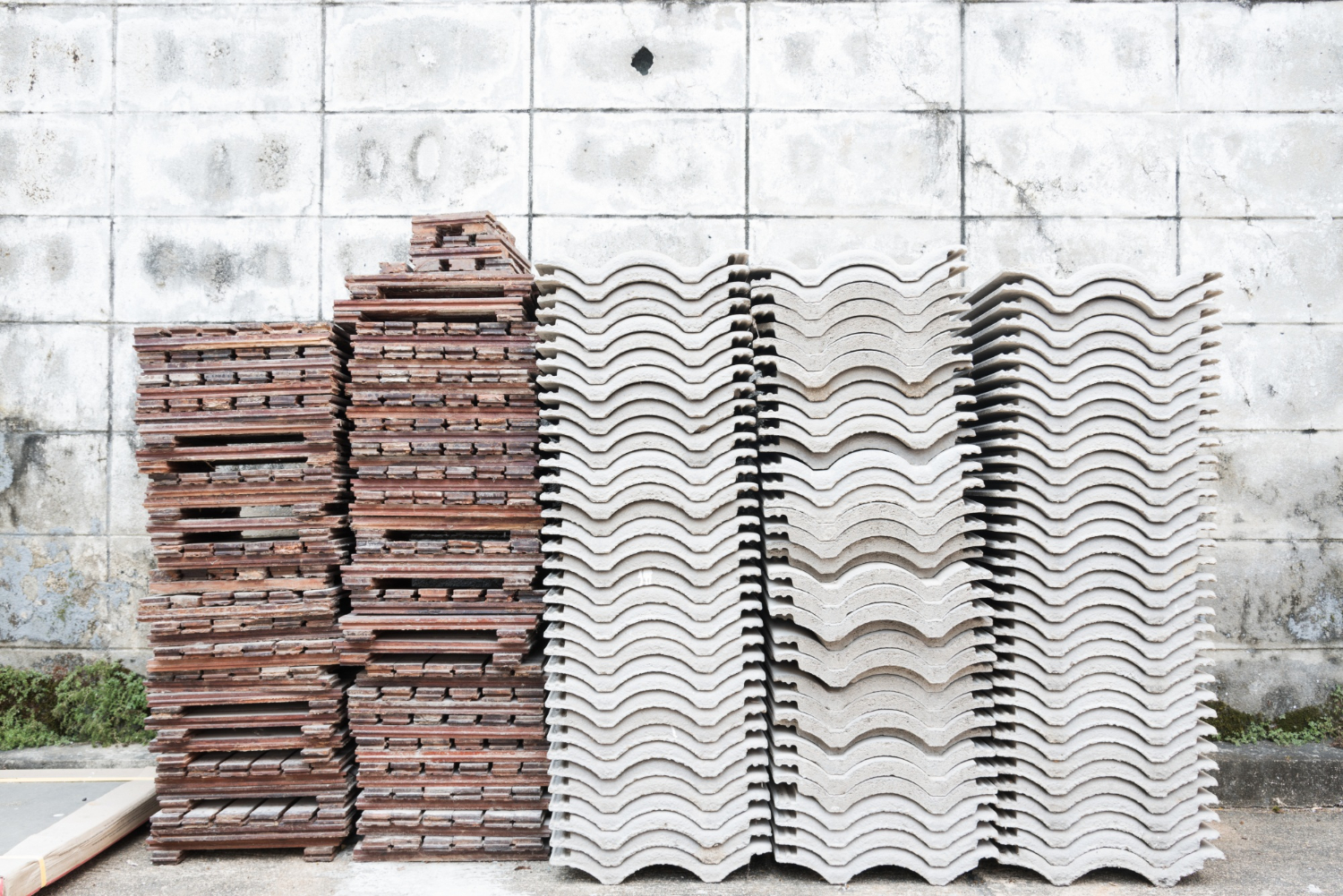Retaining walls are invaluable landscaping features that not only add structural support but also enhance the aesthetics of your outdoor space. They are versatile and serve a range of purposes, from preventing soil erosion to creating level terraces for gardens. In this article, we’ll explore the various types of retaining walls and their applications, helping you make informed decisions for your landscaping project.
Concrete Block Retaining Walls:
Applications: Concrete block retaining walls are among the most versatile options. They are suitable for various landscape projects, including garden borders, terraced gardens, and even large structural walls. These walls offer a clean, modern look and can be easily customized with different block sizes, shapes, and colors to match your design preferences.
Timber Retaining Walls:
Applications: Timber retaining walls provide a natural and rustic aesthetic, making them an excellent choice for garden borders, raised flower beds, and landscaping with a more organic feel. They are best for smaller to medium-sized projects and are relatively easy to install.
Natural Stone Retaining Walls:
Applications: Natural stone retaining walls offer timeless elegance and are perfect for adding character to your landscape. They are ideal for creating garden walls, defining pathways, or enhancing the visual appeal of your outdoor space. These walls require skilled craftsmanship but result in stunning, durable structures.
Gabion Retaining Walls:
Applications: Gabion retaining walls are a contemporary choice that combines function and style. They consist of wire mesh baskets filled with rocks or stones and are excellent for preventing soil erosion, creating unique garden borders, and adding a modern touch to your landscape. Gabion walls are known for their durability and low maintenance.
Cantilevered Retaining Walls:
Applications: Cantilevered retaining walls are engineered structures that are best suited for supporting heavy loads, such as roadways or bridge abutments. They use a cantilever design to distribute weight and are commonly found in commercial or infrastructure projects.
Anchored Retaining Walls:
Applications: Anchored retaining walls are used in areas with extremely high loads and where other wall types may not suffice. They utilize anchors or cables to provide additional support, making them suitable for large-scale commercial or industrial applications.
Gravity Retaining Walls:
Applications: Gravity retaining walls rely on their sheer weight and mass to resist soil pressure. They are effective for smaller landscape projects, garden borders, and residential applications. These walls are typically constructed from concrete or natural stone and offer a classic appearance.
Segmental Retaining Walls:
Applications: Segmental retaining walls are popular for their ease of installation and versatility. They are ideal for terracing sloped landscapes, creating garden beds, or defining outdoor seating areas. These walls come in a variety of styles and can adapt to various landscape designs.
Conclusion
Choosing the right type of retaining wall for your landscaping project depends on your specific needs, design preferences, and budget. Each type of retaining wall has its unique characteristics and applications, so it’s crucial to assess your project’s requirements carefully. Consulting with a professional landscaper or engineer can help you make the best choice to achieve both functionality and aesthetics in your outdoor space. Whether you’re aiming to prevent erosion, create a stunning garden, or add structure to your landscape, the right retaining wall can make a significant difference in the overall appeal and functionality of your outdoor area.



